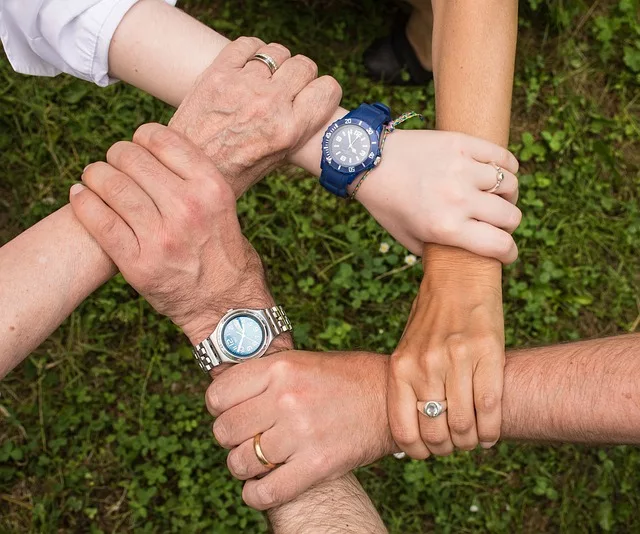A recent segment on The Today Show about the untimely death of “Glee” star Cory Monteith highlights the changing face of the “typical” heroin user. After missing his checkout time at a Vancouver hotel, staff entered Monteith’s room and discovered his body. The coroner’s office later reported that the 31-year-old actor died from a lethal mix of alcohol and heroin.

Though Monteith had publicly spoken about his past struggles with drugs and alcohol, his death stunned those who felt the clean-cut, talented and successful young man didn’t fit the profile of a heroin user.
Studies are showing, however, that the image of heroin abusers as ragged, street-walking junkies has become something of the past.
In February, the Centers for Disease Control and Prevention (CDC) reported that as of 2010, drug overdoses are up for the eleventh straight year. Out of the 38,329 fatal overdoses, the report notes that 16,651 of those were due to pharmaceutical opioids, and prescription drugs like oxycodone and hydrocodone.
These synthetic drugs, often prescribed for chronic pain, are derived from opium and have a similar effect to heroin. They create a sense of well-being and euphoria and as a result, are highly addictive both physically and psychologically.
Why is Heroin Use Increasing?
So why the increase in heroin use? Many experts claim it’s due to a national crackdown on the illegal sale of prescription painkillers. Back channel access to narcotics like oxycodone and hydrocodone has become increasingly difficult and expensive.
So the move to heroin, a drug that’s cheaper, more potent and readily available, isn’t that big of a leap for those living with opioid addiction.
A simple internet search pulls up news story after news story of young professionals, blue-collar workers, and even housewives who’ve turned to heroin after their access to prescription painkillers dried up.
The trend has also gotten younger. The Substance Abuse and Mental Health Services Administration (SAMHSA) released statistics stating that 11.6% of children, ages 12 to 17, said heroin was easy to get.
Heroin abuse and dependence has moved from the gritty, big city streets to suburban and rural neighborhoods all over the country. While some users in these areas are injecting the drug, many are snorting or smoking it. This can make the physical evidence of heroin dependence and abuse harder to spot.
The average heroin user is no longer standing on the street corner, scratching at the track marks on their arms and appearing sick and undernourished. In fact, they might be sitting in the cubicle next to yours.
The Danger of Heroin Overdose
What hasn’t changed is the danger of overdose. According to the CDC, fatalities from heroin leaped to more than 3,000 annually from 2007 to 2010. The drug is often cut with any number of other substances so dealers can make more money. This means users are always at risk of ingesting toxic additives, which can make them extremely sick or cause death.
Heroin effects the area of the brain that controls breathing and blood pressure, which is why overdoses can cause users to stop breathing simply.
At especially high risk for fatal overdoses are those mixing heroin with another substance, like alcohol. Additionally, those who relapse on the drug after a period of abstinence are more likely to overdose as they no longer have the tolerance that they once had.
Both of the above elements may have been in play in the case of Cory Monteith’s unfortunate overdose.
If any good can come from such a high-profile death, perhaps it’s the knowledge that heroin abuse and dependence is a growing societal problem, not just in our sprawling metropolises but in our middle-class towns, cities and even our local communities.
Related
Buprenorphine vs Methadone For Opioid Addiction
Treatment for Heroin Addiction
What are the 5 steps SAMHSA Recommends for an Opioid or Heroin Overdose?





